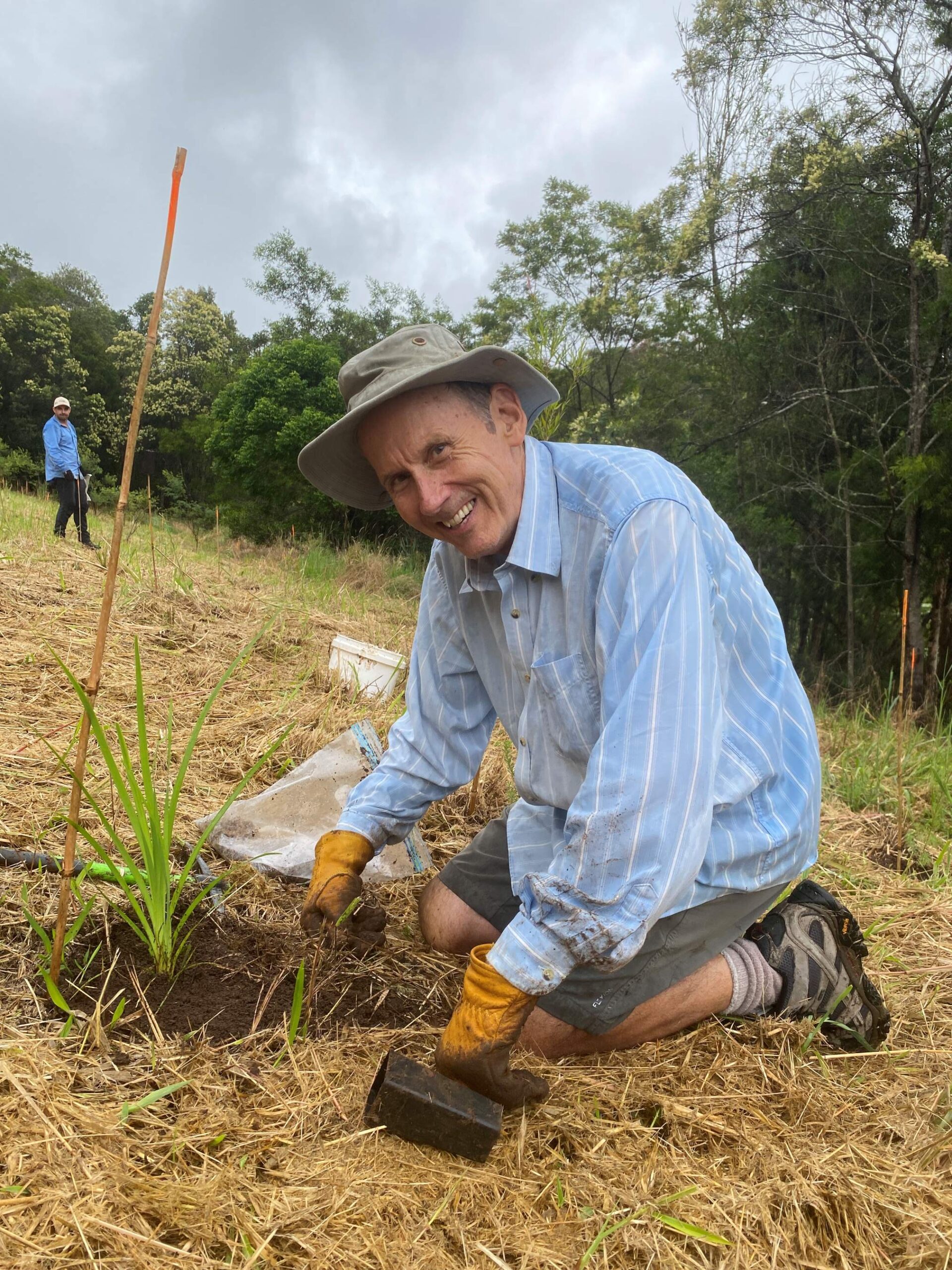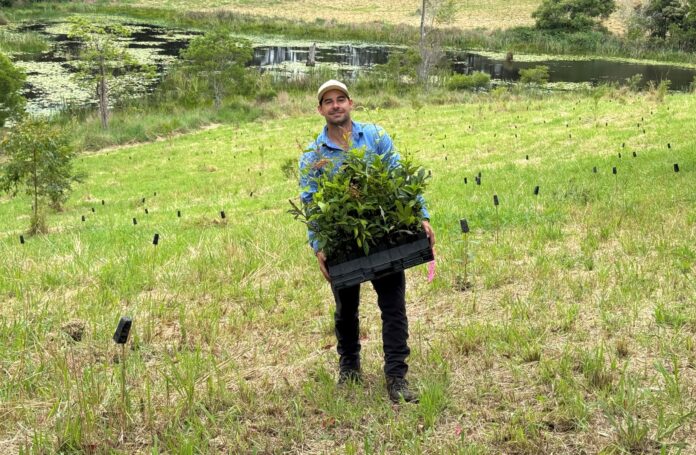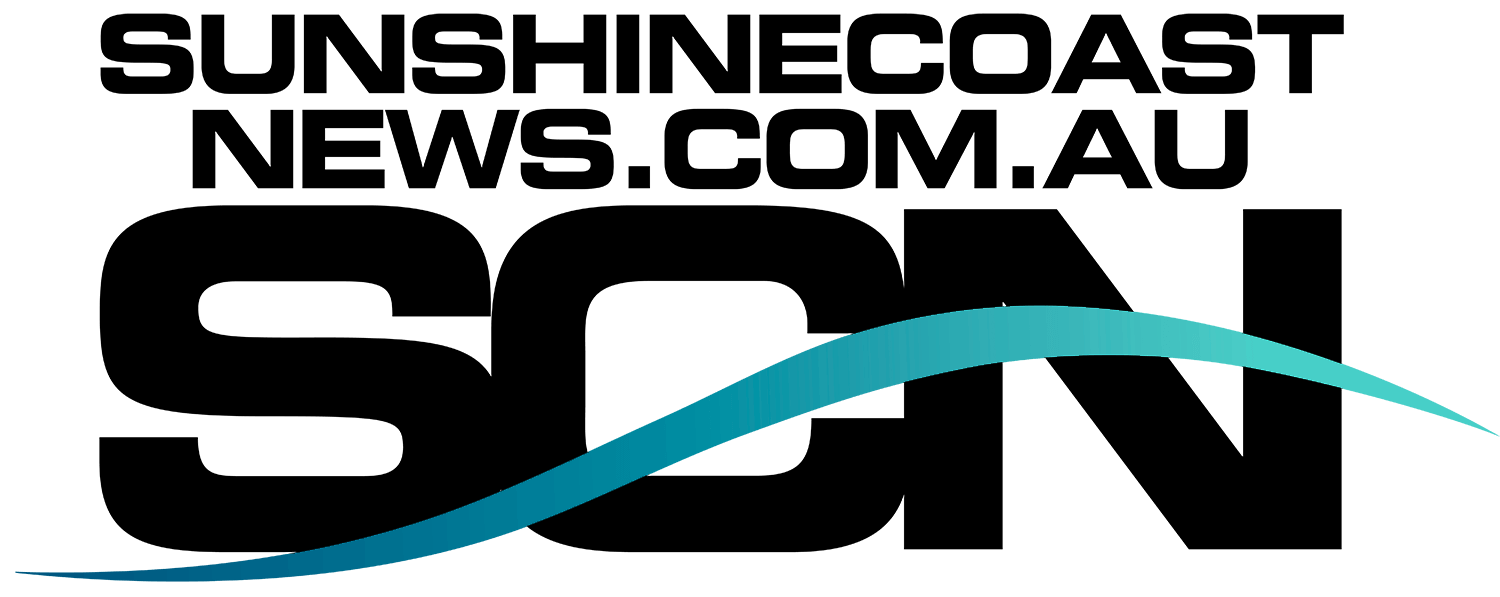A significant revegetation project has seen thousands of eucalypts and other native trees planted at an environmental sanctuary in the Sunshine Coast hinterland.
The project aims to increase habitat for endangered koalas at Australian Wildlife Conservancy’s (AWC) Curramore Wildlife Sanctuary near the Maleny National Park.
Up to 20 staff and skilled workforce interns from AWC and Barung Landcare spent five days planting about 4300 seedlings of 10 key koala food trees and other local species across six hectares of the sanctuary.
The land, designated for reforestation, was purchased by AWC in 2022 as part of a 26-hectare expansion of the sanctuary.
While the central and western portion of the new section is healthy remnant forest, the eastern portion was previously used as a cattle grazing paddock and is now a clear block with introduced pasture grasses.
In the months leading up to tree planting, Barung Landcare germinated and developed seedlings from seeds collected at Curramore Wildlife Sanctuary.
This included koala favourites white mahogany (Eucalyptus acmeniodes), flooded gum (Eucalyptus grandis) and Queensland blue gum (Eucalyptus tereticornis).
Barung Landcare returned to the sanctuary late last month to prepare the paddock for the seedlings by slashing the 1.5-metre-high introduced grasses.

Barung Landcare natural area manager Kate Seehuusen said the week of tree planting was well worth the effort.
“This project is a step in the right direction for helping to strengthen our koala populations and create corridors which will in turn help other local species,” Ms Seehussen said.
AWC senior field ecologist Andy Howe is leading the reforestation project and said he was confident the replanting would help improve connectivity of habitat across the sanctuary and regionally.
“This restoration project is designed to increase and connect koala habitat at Curramore, while also encourage other wildlife such as bandicoots, gliders and owls to return to the revegetated area,” Mr Howe said.

“In 10 years, we want the restoration area to be starting to resemble the adjacent native forests and become habitat for a diverse community of plants and animals, and not just a monoculture plantation of eucalypts.
“We’re planting the trees in a patch work manner, with different species in clusters rather than straight lines.
“Over time, as the wind and birds drop seeds, the forest will develop organically and animals, especially koalas, will move back into the site.”
The revegetation work is part of a three-year koala conservation project, which received federal funding from the Koala Conservation and Protection Grant and includes thermal drone and bioacoustics monitoring to determine the presence and abundance of koalas at both sanctuaries.
Local journalists supporting local people. Help keep independent and fair Sunshine Coast news coming by subscribing to our FREE daily news feed. All it requires is your name and email at the bottom of this article.





